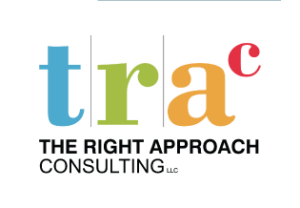Quality in the 21st Century
Looking back through the annals of our industry, when it comes to quality, we have evolved from a reactive, to a proactive mindset. This evolution has lead to what is loosely called the Zero Defects Methodology (ZDM). The “old” gold standard of three sigma is no longer acceptable and has gone the way of the dinosaur.
Pipe Dream?
Are zero defects an achievable, sustainable goal 100% of the time? Of course not, but with six sigma levels we can come pretty close. Recognizing that we will occasionally fall short of any goal mandates that the goal be set at zero defects. The reasons why a zero defect mentality is required can be condensed down to the singular, bottom line principle of reducing costs, and as we all know, it’s always about the dollars.  Costs are always attached to defective product in the form of inspection/test, rework/repair, scrap, & warranty (customer returns). Reducing these costs result in increased customer satisfaction, and quite simply, happy customers mean higher revenue.
Costs are always attached to defective product in the form of inspection/test, rework/repair, scrap, & warranty (customer returns). Reducing these costs result in increased customer satisfaction, and quite simply, happy customers mean higher revenue.
Truth in Advertising
It is always an interesting study to compare the “advertised” capability of a company to their “actual” capability. The sales force touts world-class quality, which implies that they are operating at a six sigma level. However, an objective on-site assessment of their processes quickly separates the bluster from the facts, typically revealing that most organizations are operating at a true yield somewhere between 93 and 99%, the old three sigma complacency. Statistics are a wonderful tool, but like most things in life, you will only get out of them what you put in. It all boils down to what the organizational objective is; superficial window dressing or honest-to-goodness improvement. Inflating process yields by excluding things like rework, customer waivers, or returns do nothing but mask problems and will not result in true improvement. If window dressing is indeed your goal, then I would suggest tossing this article and immediately picking up a copy of Extinction for Dummies, by Peter T. Platypus. However, if your goal is to utilize best practices to improve your business, stay tuned…
Next week we will explore why a 99% yield is not good enough!
